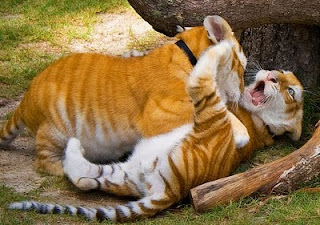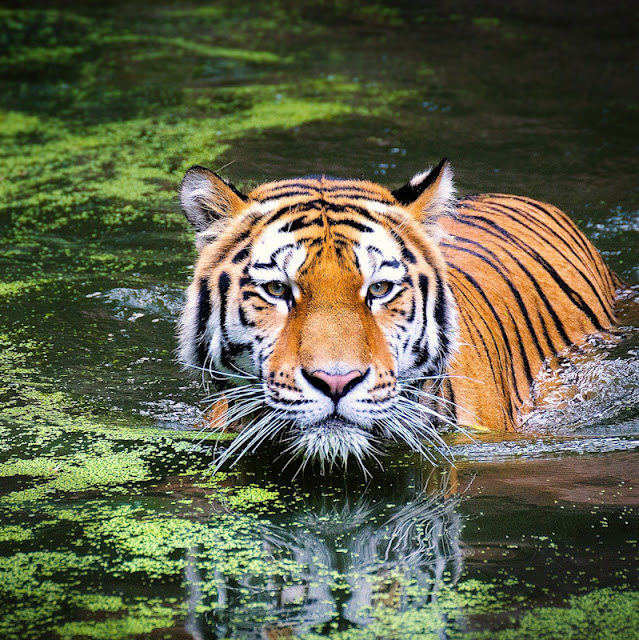Sariska Tiger Reserve
The news at 23rd July 2010 is that the Sariska Tiger Reserve has imported one tiger, a male. I presume that he came from another reserve (can the other reserve afford the loss?). The confusing thing for me is that earlier news declared that all the tigers in Sariska had been poached! There were none left - see Indian Bengal Tiger Reserves . So one new tiger wouldn't do much good in terms of breeding. If the earlier news was wrong it was probable that there were few tigers left and I would have thought that this latest exercise is doomed to failure. I am sorry if I am being too negative. The Sariska reserve is very small as well. This calls into question if it can sustain a tiger population on the grounds of range size alone. Source: http://www.i-to-i.com/campfire/news/sariska-national-park-in-india-steps-up-tiger-breeding-efforts.html




